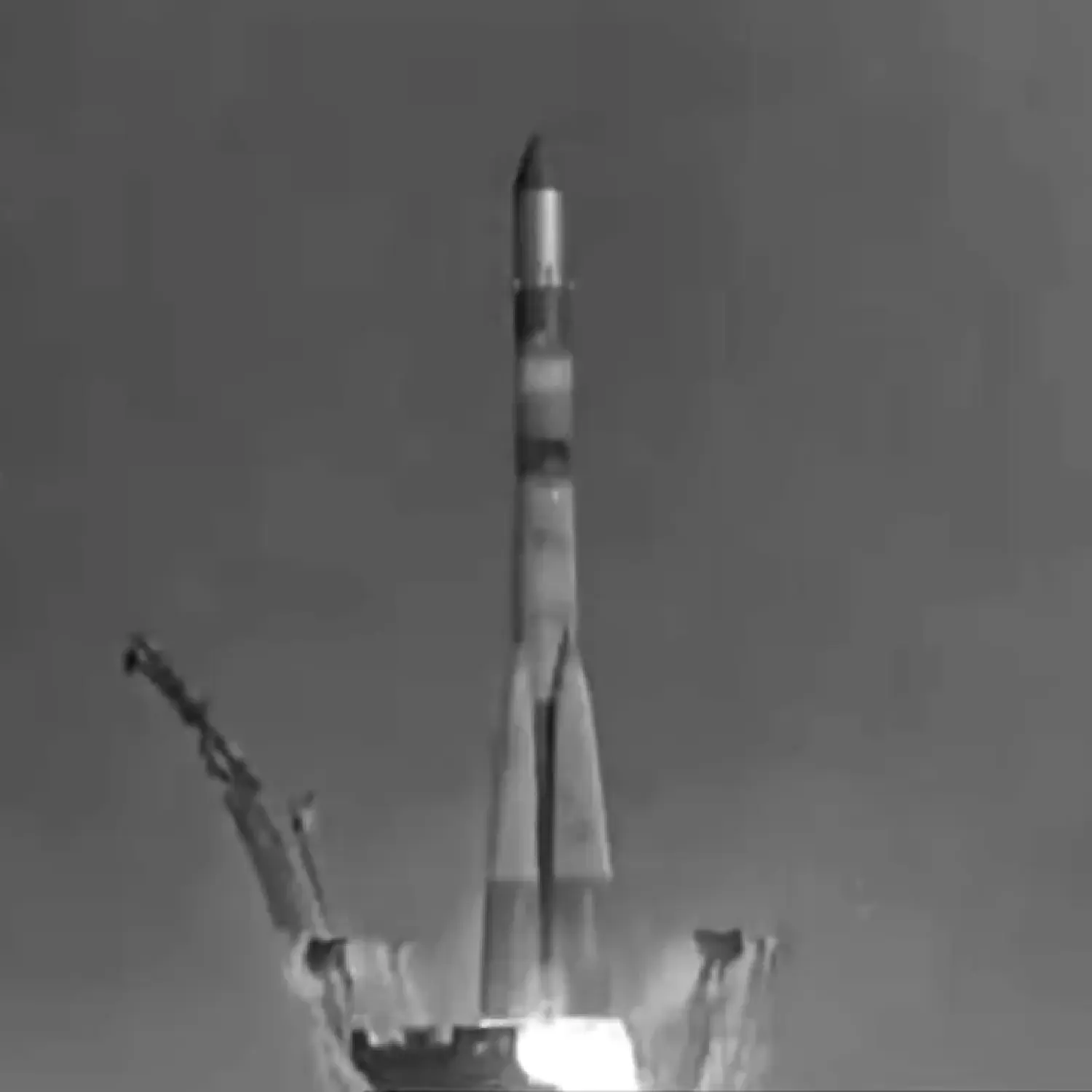Venera 6
Launch Success
Liftoff Time (GMT)
05:51:52
Friday January 10, 1969
Mission Details
Launch Notes
Last flight of Molniya-M /Block VL.
Venera 6
Venera 6 (Russian: Венера-6 meaning Venus 6), or 2V (V-69) No.331, was a Soviet spacecraft, launched towards Venus to obtain atmospheric data. It had an on-orbit dry mass of 1,130 kg (2,490 lb). The spacecraft was very similar to Venera 4 although it was of a stronger design. When the atmosphere of Venus was approached, a capsule with a mass of 405 kilograms (893 lb) was jettisoned from the main spacecraft. This capsule contained scientific instruments. During descent towards the surface of Venus, a parachute opened to slow the rate of descent. For 51 minutes on May 17, 1969, while the capsule was suspended from the parachute, data from the Venusian atmosphere were returned. It landed at 5°S 23°E. The spacecraft also carried a medallion bearing the State Coat of Arms of the Soviet Union and a bas-relief of Lenin to the night side of Venus. Given the results from Venera 4, the Venera 5 and Venera 6 landers contained new chemical analysis experiments tuned to provide more precise measurements of the atmosphere's components. Knowing the atmosphere was extremely dense, the parachutes were also made smaller so the capsule would reach its full crush depth before running out of power (as Venera-4 had done).
Heliocentric Orbit
1 Payload
1,130 kilograms
Rocket


Manufacturer
RKK EnergiyaRocket
Height: 42.8m
Payload to Orbit
LEO: 6,200 kg
GTO: 2,400 kg
Liftoff Thrust
4,391 Kilonewtons
Fairing
Diameter: 2.58m
Height: 8.28m
Stages
4
Strap-ons
4
Launch Site
Stats
Molniya-M
18th
Mission
2nd
Mission of 1969
RKK Energiya
376th
Mission
2nd
Mission of 1969
1969
2nd
Orbital launch attempt